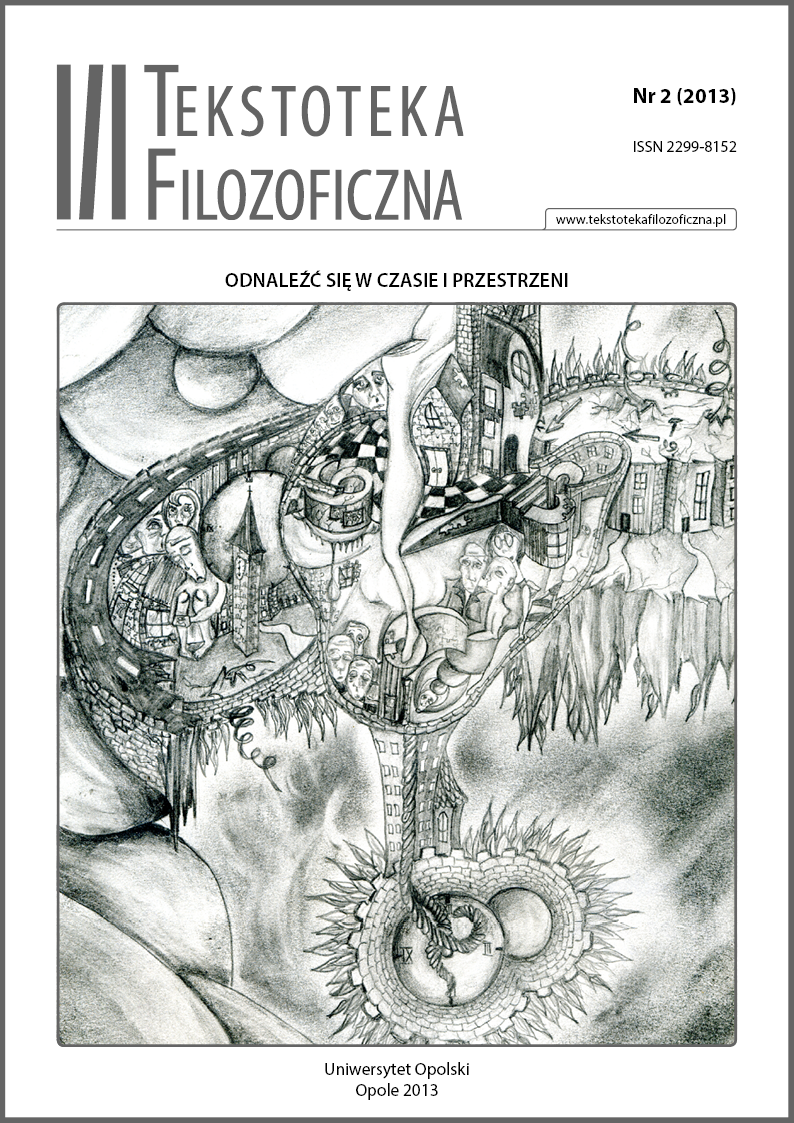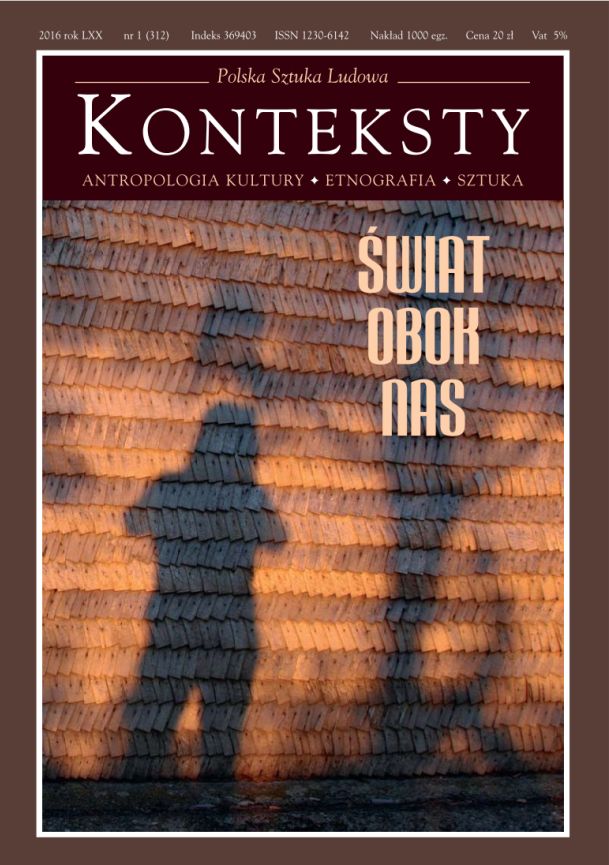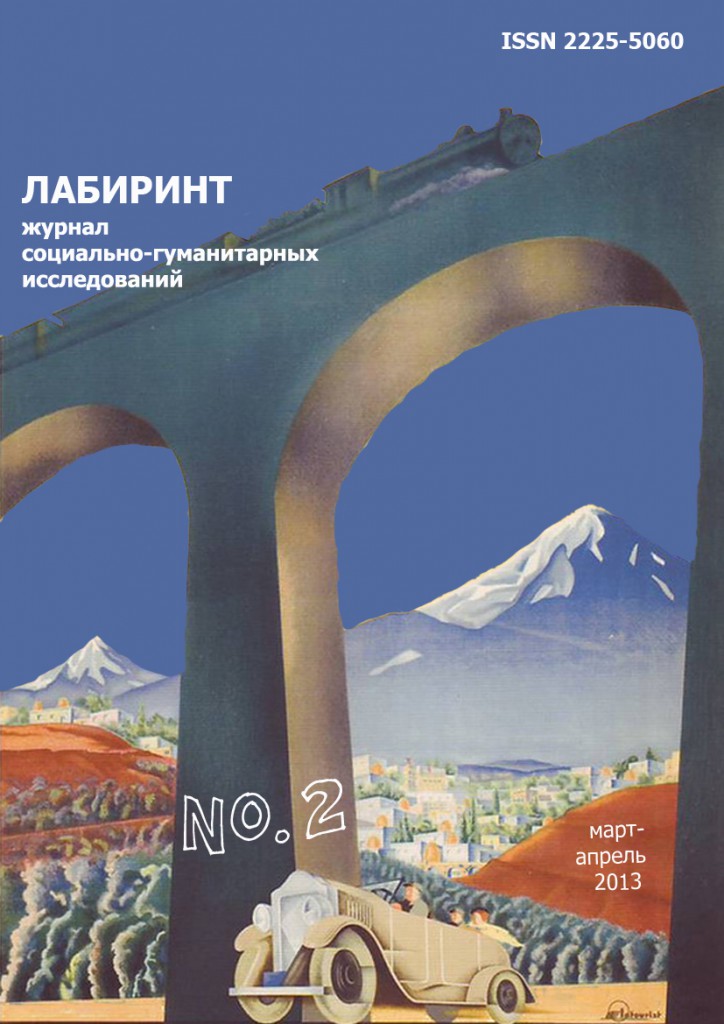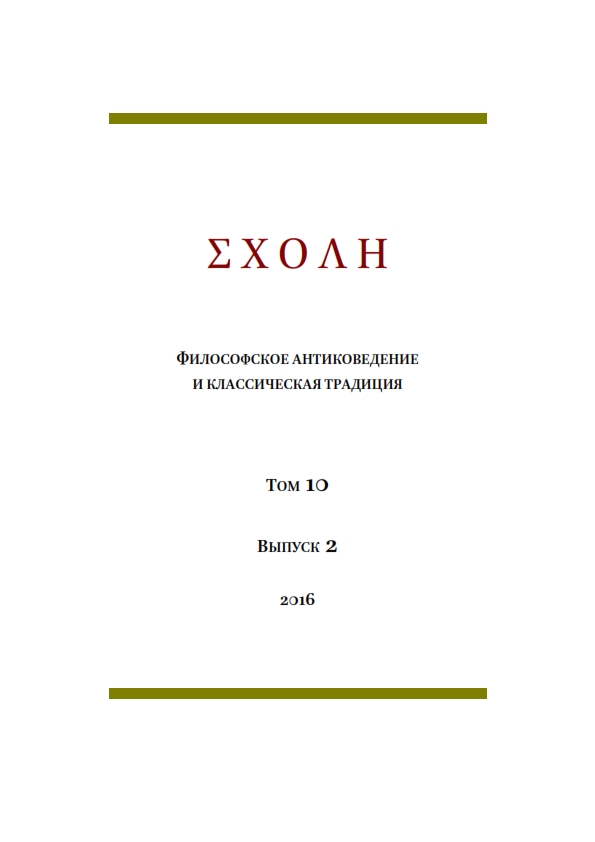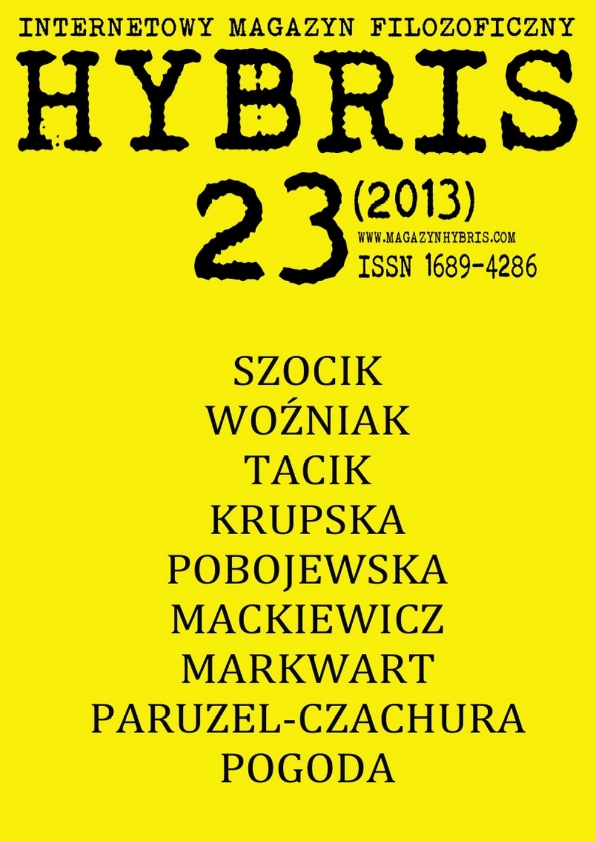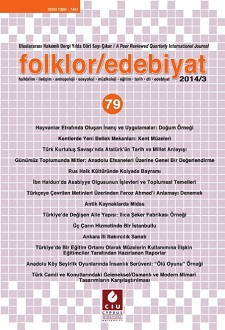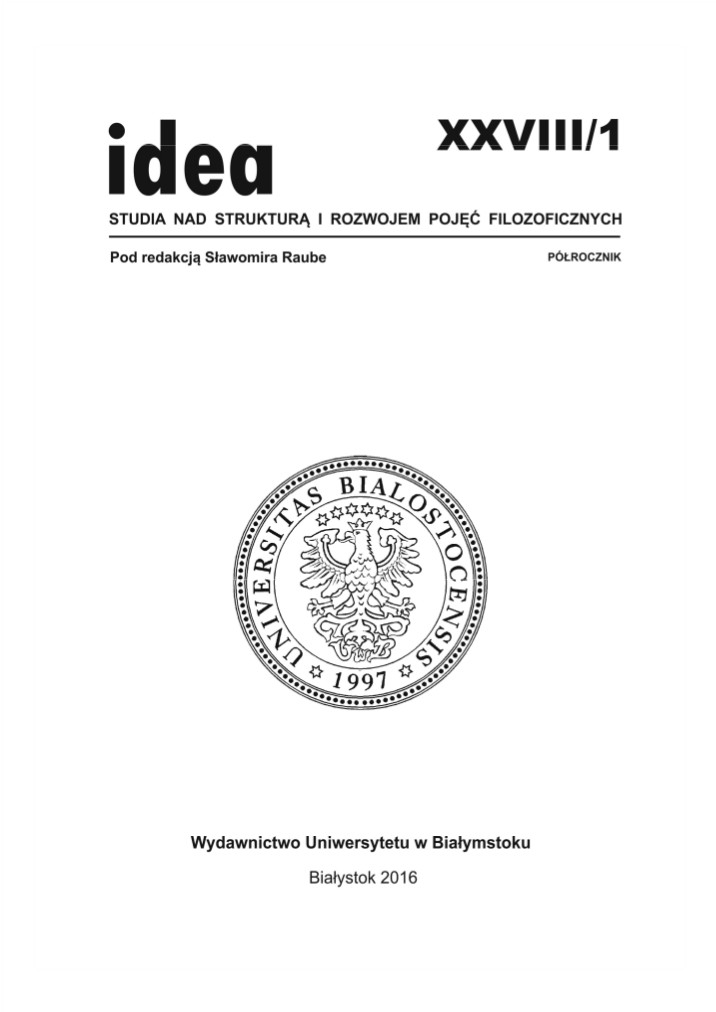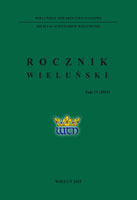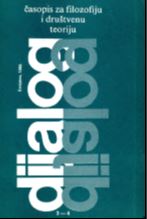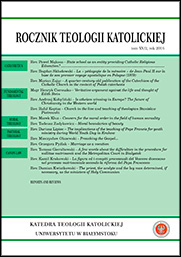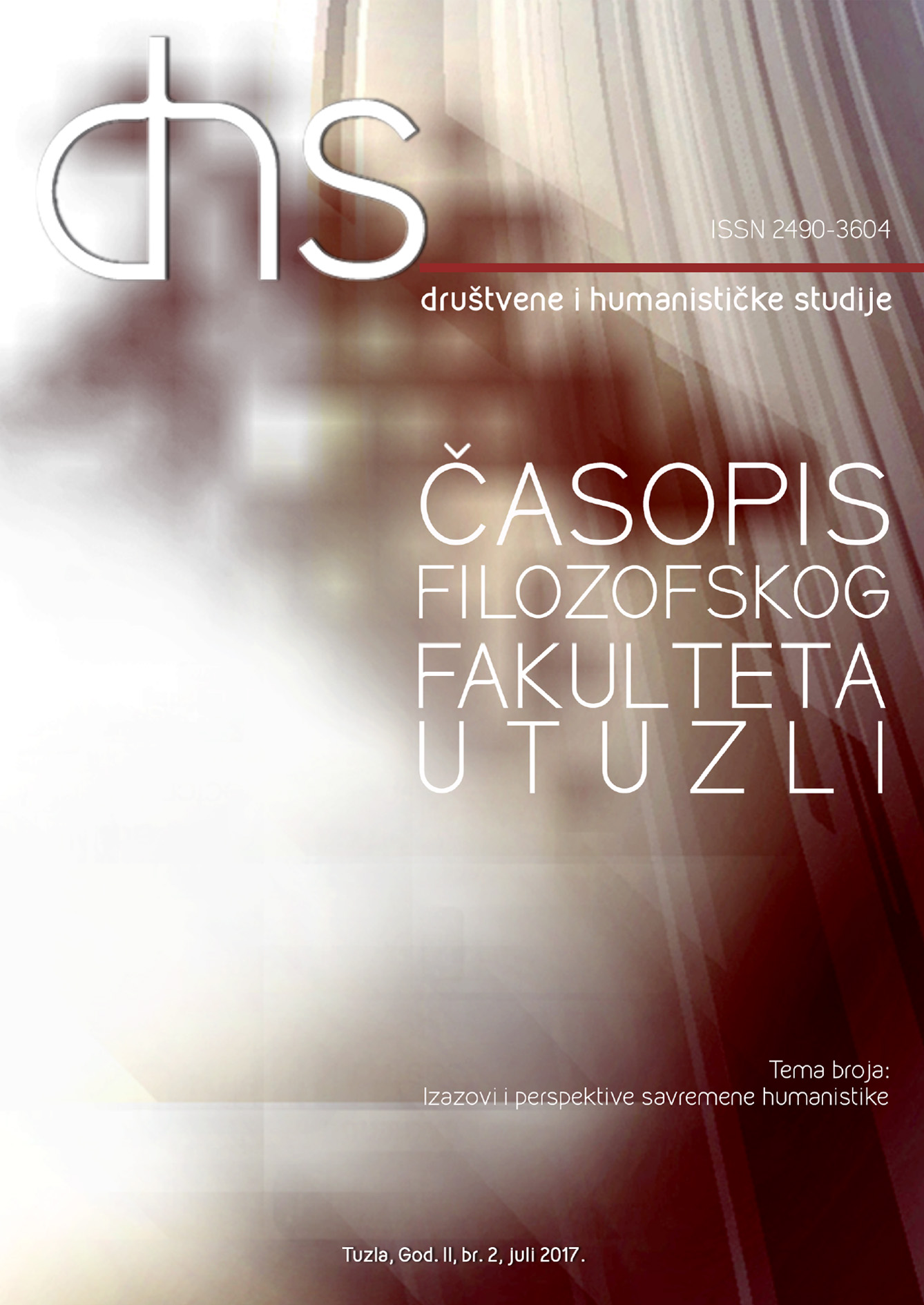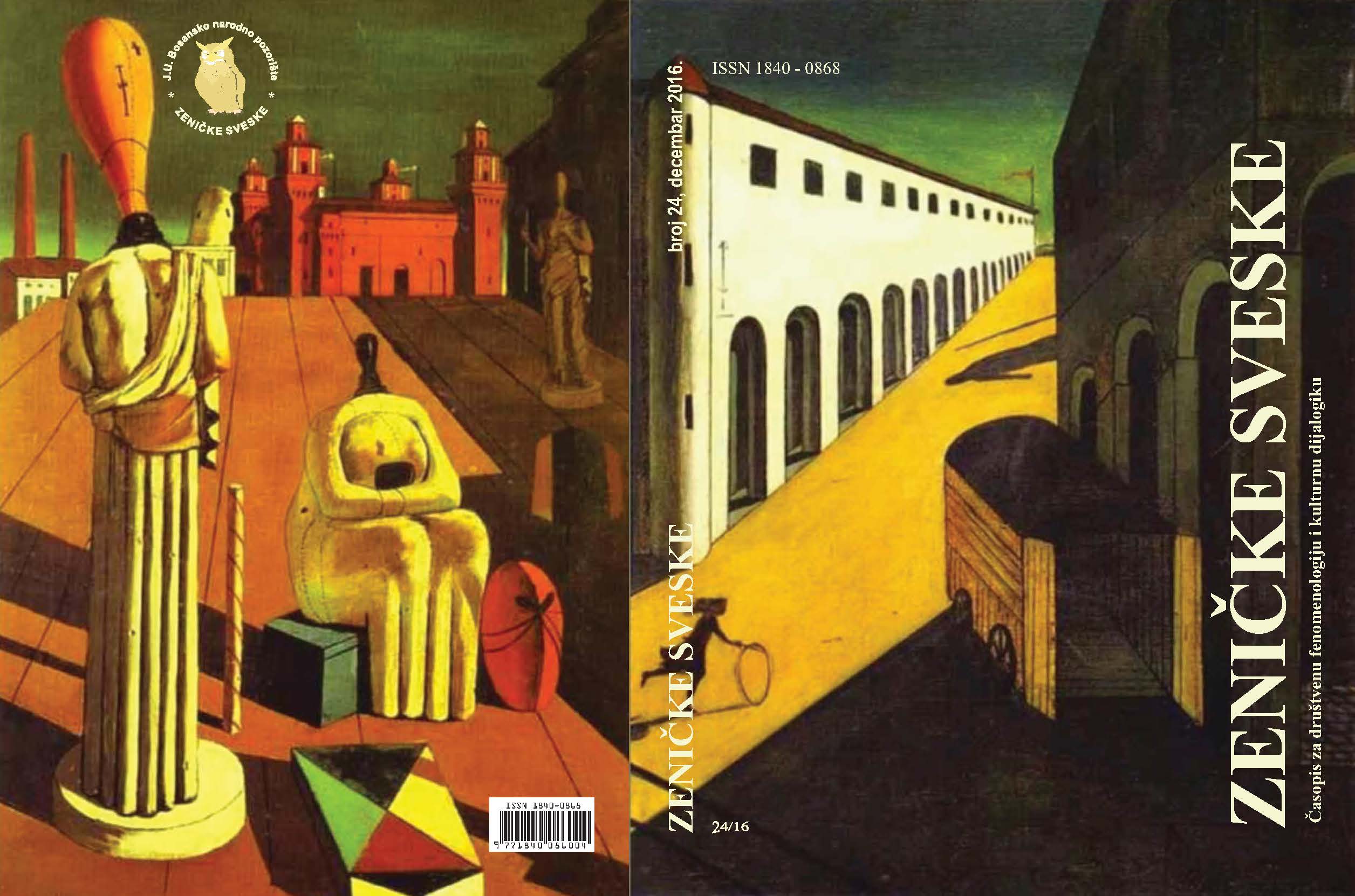Author(s): Aldona Pobojewska / Language(s): English
Issue: 23/2013
We live in an era of crises. One of them, the ecological crisis, arose from the fact that the human race plunders nature, destroying, among other things, the Earth’s biodiversity. In my paper I will show that the situation is rooted in a specific worldview. Moreover, I will interrogate the question of how we can deal with the problem. Humankind’s attitude to themselves and to the world (including nature) is based on beliefs and values which make up an unquestioned prejudgment. Individuals absorb it in the process of socialization, as they assimilate the widely understood traditions of the social groups to which they belong. In the Western tradition in particular, our understanding of humanity’s situation in the world and its relation to nature, which we have had since modernity, found its clearest articulation in the views of René Descartes (1596–1650). I will begin by discussing the main characteristics of this position most pertinent to the main problem identified in the title. Then I will discuss the consequences of Cartesianism for the worldview of modern man such as the radical rationalism and anthropocentrism inherent in the European attitude. In this tradition humanity is identified with subjectivity and intellectual cognition. Reality outside of human subjectivity, that is, the whole animate and inanimate nature, is treated as the object of knowledge. Nature should be explored in the spirit of modernity’s maxim “We can do as much as we know” (F. Bacon 1561-1626); it can be used to our purposes, to satisfy our growing needs. This is being done without scruple, precisely because nature is denied being the subject. It has no right to claim moral protection. Today, in the era of globalization, this way of thinking, which originated in the West, has spread over the entire globe and led to the ongoing devastation of nature. We are dealing with an ecological disaster. In the next step I will interrogate how this situation can be changed and what may be the role of philosophy in this cultural shift. Every vision of the world is a construct (the Cartesian vision being a very good example). What philosophy can do is offer a certain vision of reality, in which humanity has a friendly (symbiotic) attitude to nature and does not treat it merely as a means to their ends. Such ecophilosophy could be based on the thesis that subjectivity is the property not just of all human beings, but of all other beings as well. Such an idea can be found in the work of the German scientist and philosopher Jacob von Uexküll (1864-1944), who granted the status of the subject to every living being. He laid foundations to the concept of nature as “a community of subjects” comprising man and the entire animate world, thus breaking away from the Cartesian framework. I am going to outline briefly his position. Finally, I will point out what needs to be done, if people are to change their attitude to nature. A good theory in and of itself will not suffice. It is necessary to instill ecological convictions and values in entire societies, so that these values would eventually come to seem obvious. We need to launch an extensive education campaign of both adults and—perhaps even more importantly—children. In other words, the comprehensive protection of nature can only be promoted through the nexus of ecophilosophy and education.
More...
